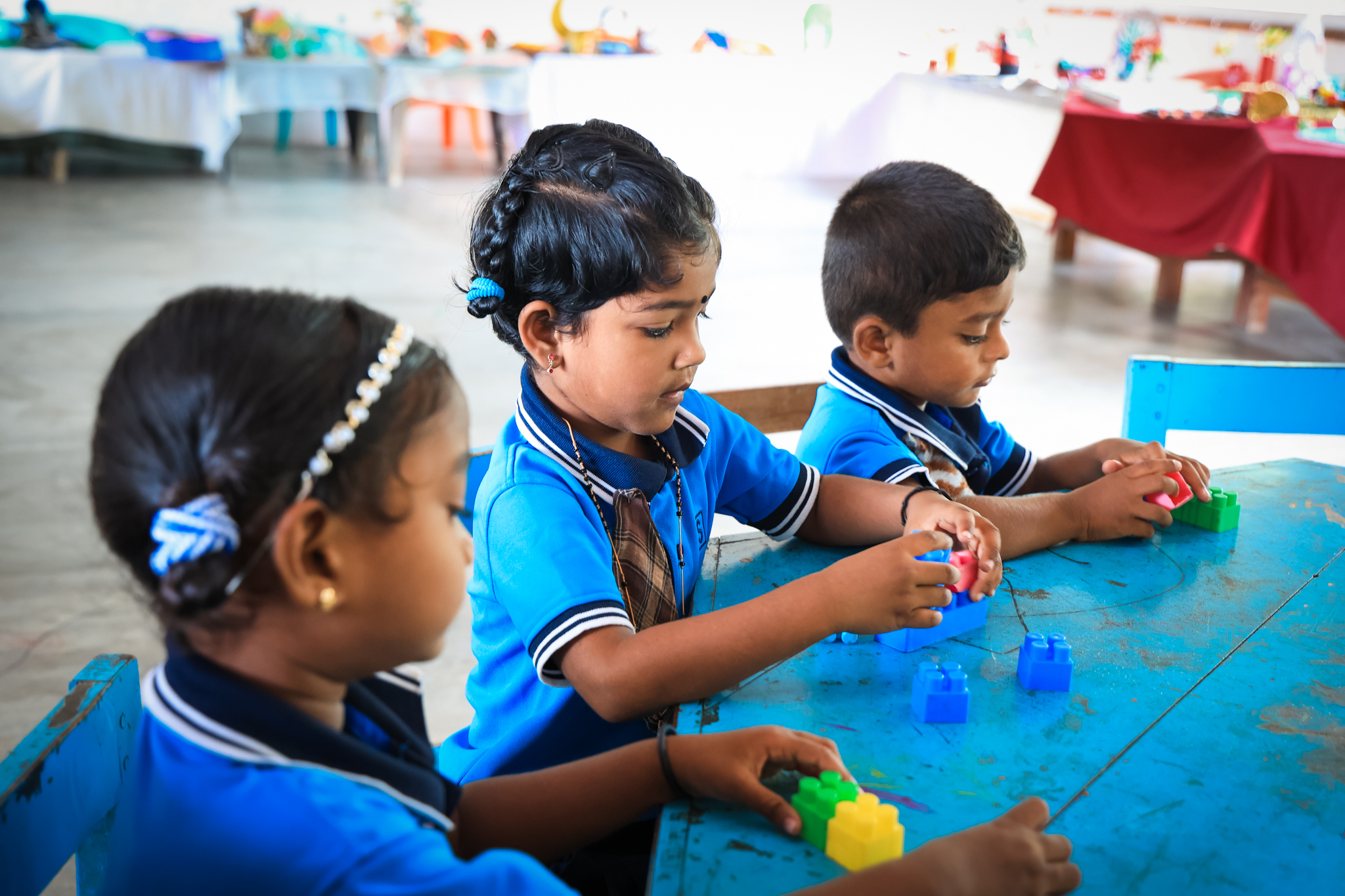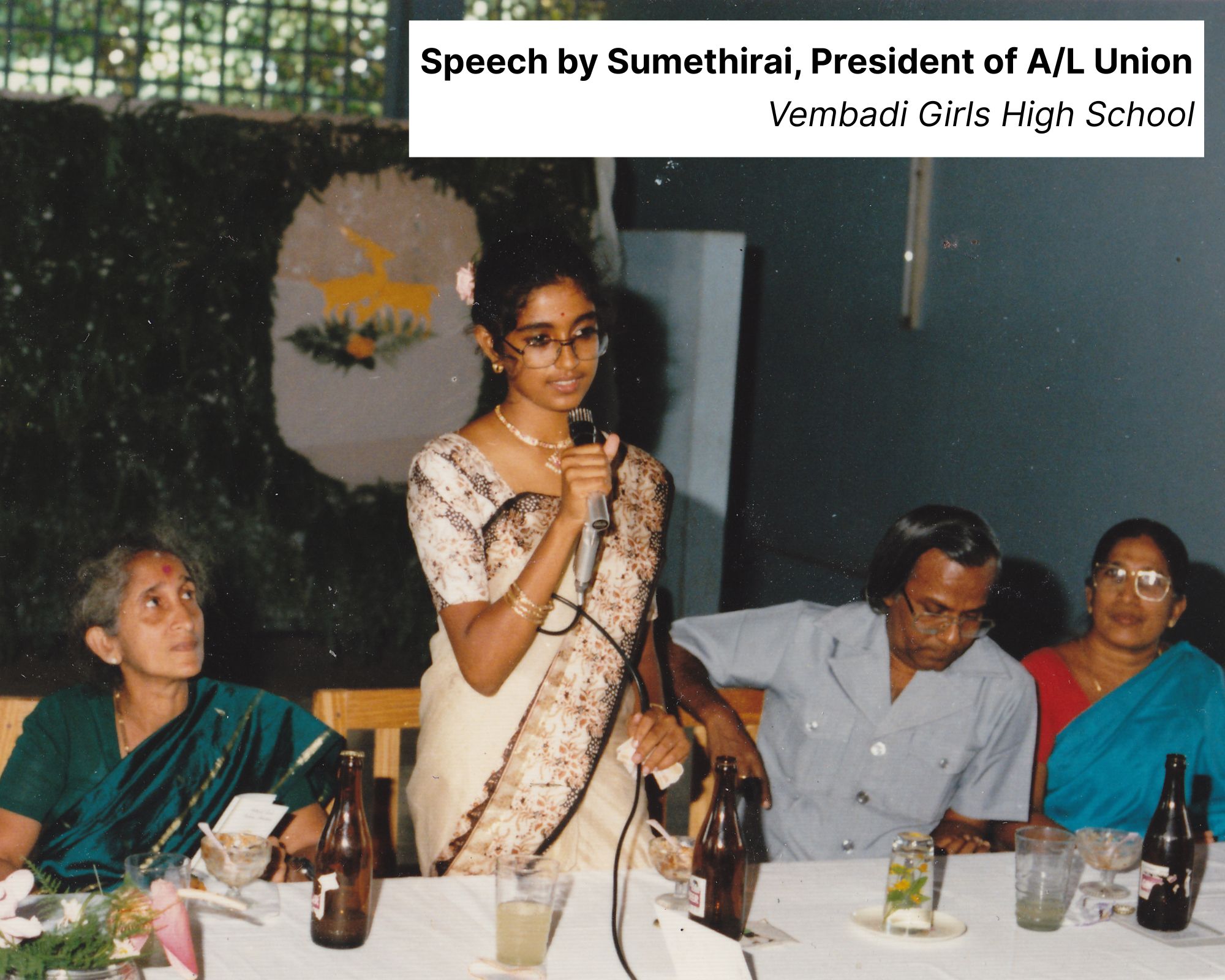Primary education serves as the foundation for a child’s future and personal growth. In Sri Lanka, primary education faces a series of hurdles that aren’t always apparent at first glance. While progress has been made, there are still challenges that need attention to ensure that every child receives quality education. These challenges often don’t reveal themselves immediately, but have a significant impact on how education is delivered and received in various communities.
The journey through Sri Lanka’s educational landscape is marked by an array of difficulties that can hinder a student’s learning experience. From outdated infrastructure to the shortage of qualified teachers, each obstacle can contribute to a less effective educational environment. Recognizing and understanding these hidden challenges is vital to creating plans that address them and improve educational outcomes nationwide.
Historical Context of Primary Education in Sri Lanka
Understanding the current situation requires looking back at how the education system in Sri Lanka has evolved. Initially grounded in religious instruction, the system has transformed over the years into a more formal structure that incorporates various educational reforms. Over the decades, these reforms have aimed to improve access and quality, striving to create an inclusive atmosphere for diverse learning needs.
- Key Changes Over the Decades:
- Early Beginnings: Education traditionally centered around religious teachings offered by temples and monasteries.
- Colonial Influence: The introduction of Western-style education during colonial rule broadened educational access but primarily benefited urban areas.
- Post-Independence Initiatives: With independence, reforms aimed at universalizing education through national policies and curricula.
- Recent Developments: Efforts to integrate technology and modern methods continue to shape the system’s trajectory.
For more on Sri Lanka’s education history and reforms, see UNESCO’s Sri Lanka Education Profile.
Current Hidden Challenges
Primary education in Sri Lanka grapples with several obstacles that often remain unnoticed. One major issue is the infrastructure of schools. Many buildings are outdated and lack basic amenities such as proper sanitation facilities, clean drinking water, and adequate classroom space. These conditions can affect both student health and learning, making it hard for children to concentrate and thrive in their studies. Schools in rural areas often face the brunt of these challenges where resources are stretched thin, and maintenance is infrequent.
The shortage of qualified teachers is another significant concern. There is a noticeable gap between the number of teachers available and the number required to ensure a balanced student-teacher ratio. In particular, rural schools struggle to attract and retain qualified educators who are capable of providing quality instruction. This issue extends to disparities in teacher training and qualifications between urban and rural areas, impacting the quality of education that students receive.
Reaching schools can be a hurdle for many students, especially those living in remote and rural parts. Some children have to travel long distances, often on foot, to attend school. This can lead to fatigue and irregular attendance, hampering their learning experience. Additionally, the socio-economic barriers posed by poverty mean that attending school is sometimes a luxury rather than a right. Families facing financial hardships may pull children out of school to help at home or to work, which disrupts their education and reduces their future opportunities.
Reports from organizations such as the World Bank and Save the Children Sri Lanka provide detailed analysis of these ongoing challenges in the country’s education sector.
The Role of Non-Profits and NGOs
Non-profits and NGOs play a pivotal role in addressing these educational challenges in Sri Lanka. Their work often fills the gaps where government resources fall short, ensuring that children in underserved areas receive support. By building new schools and improving existing ones, these organizations provide environments where children are encouraged to learn and grow. They also focus on supplying essential resources such as uniforms and school supplies, removing barriers that could prevent children from attending school.
Additionally, organizations help bridge the teaching gap by recruiting and training qualified teachers to work in areas where they are needed most. By offering incentives and support, they make it more attractive for educators to work in rural schools, thereby improving the overall quality of education. The involvement of these organizations highlights the power of community action in making a tangible difference in the lives of many young learners.
Groups like the Sumi Foundation, Tamil Orphans Trust, and NERDO are actively engaged in Sri Lanka’s Northern and Eastern provinces, working to rebuild educational infrastructure and support children’s education amidst ongoing socio-economic challenges.
Looking Forward: Solutions and Hope
Looking to the future, addressing Sri Lanka’s educational challenges requires collective effort and innovative solutions. There are several ways to tackle these issues and bring about lasting change. Community involvement stands at the forefront of these efforts, as local communities can provide unique insights and help rally resources to improve schools. Collaborative efforts between the government, non-profits, and communities can lead to a more cohesive and inclusive educational landscape.
- Infrastructure Development: Investing in modern facilities ensures children have a conducive learning environment.
- Teacher Recruitment: Creating programs to train and incentivize educators to work in less-served areas.
- Transportation Solutions: Implementing safe and reliable transportation options ensures children can attend school regularly.
- Community and Government Initiatives: Encouraging community-driven projects and consistent government policies to support education.
The UNICEF Sri Lanka Education Programme provides resources and support for many such initiatives.
While challenges remain, there is reason to be optimistic. By focusing on these solutions and continuing to invest in education, the path forward can bring hope and opportunity to many children in Sri Lanka. Through cooperation and dedication, creating a better educational future for the country’s young learners is possible.
Addressing the hidden challenges faced by primary education in Sri Lanka requires ongoing dedication and innovative solutions. At Sumi Foundation, we are committed to bridging these educational gaps and ensuring that every child has access to quality learning opportunities. To see how we’re making an impact through our work in primary education in Sri Lanka, explore our initiatives and discover how you can be part of the change. Together, we can build a brighter future for the children of Sri Lanka.


